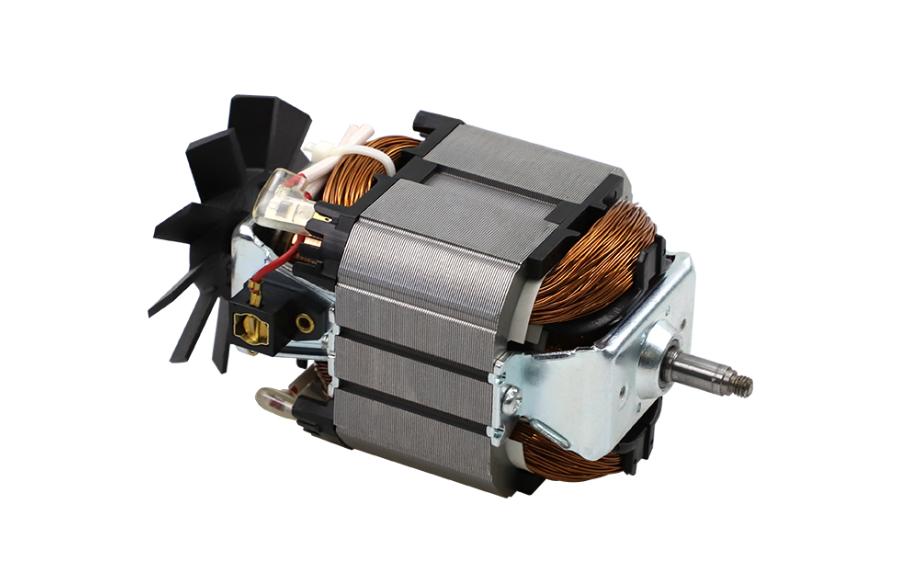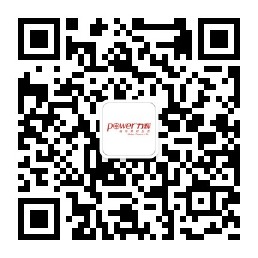5 Blender Motor Specs More Important Than Price
Understanding the technical specifications of the blender electric motors is crucial, as they are key factors in ensuring the smooth operation of the blender machine. However, many blender manufacturers tend to prioritize cost when selecting a blender motor, or they just have little knowledge about the technical aspects of it. This can lead to compromises in performance, reliability, and overall user satisfaction.
In this article, Power Motor will walk you through five key motor specs that are far more important than just the price. A brief summary is provided in the table below. For deeper insights and technical understanding, keep reading.
Spec | What It Affects | Why It Matters |
Rated Power & RPM | Blending strength and speed | Balances performance and safety under load |
Torque & Load Capacity | Ability to handle tough ingredients | Prevents stalling and ensures consistent blending |
Noise & Vibration | User comfort and motor stability | Reduces fatigue, wear, and negative user experience |
Lifespan & Brush Type | Motor durability and maintenance needs | Determines product longevity and cost of ownership |
Insulation Class & Safety | Heat resistance and electrical safety | Protects against overheating and supports regulatory compliance |
Rated Power and RPM (Strength and Speed)
Rated power (measured in watts) and RPM (revolutions per minute) are two of the most cited specs in blender motor datasheets—and for good reason. Rated power indicates how much electrical energy the motor consumes, while RPM shows how fast it spins under no-load, light-load, or full-load conditions.
For domestic blenders, an electric motor in the range of 300W–800W may suffice, but commercial units often require 1000W or more. A higher wattage can handle denser materials like nuts or frozen fruit, yet a higher RPM isn't always better. At extreme speeds, poor motor design can lead to excessive heat, noise, or even safety risks due to vibration and instability.
Many OEMs mistakenly chase maximum power without considering thermal management or overload protection. At Power Motor, we help clients find the right balance between RPM and power depending on the target use case, whether for smoothies or professional food prep.

Picture shown: an AC universal blender motor
Torque and Load Capacity (Motor Efficiency)
Torque refers to the motor's twisting force and is especially important when blending thick, fibrous, or frozen ingredients. While RPM tells you how fast a motor spins, torque reveals how much resistance it can handle without stalling.
There are two types to watch:
Peak torque—the highest torque the motor can achieve momentarily
Continuous torque—the maximum torque the motor can deliver over long periods without overheating
Some suppliers overemphasize RPM and gloss over torque specs, which can lead to underpowered blenders that stall under load. A high-torque blender motor ensures consistent blending and protects against common failure modes like gear wear or motor burnout.
Noise Level and Vibration (User Comfort)
Noise level, typically measured in decibels (dB), is a growing concern for both residential and hospitality-grade blenders. Loud, rattling motors can ruin user experience—even if the blender performs well.
Noise is influenced by motor quality, rotor balance, and the design of internal damping mechanisms. Excessive vibration also stresses the housing, bearings, and other components over time.
To choose quiet blender motors, you can ask suppliers for noise test reports under load conditions. At Power Motor, we integrate brushless motor design and conduct noise tests to ensure each blender electric motor maintains a quiet and stable operation.

Picture shown: a high speed brushless DC blender motor
Lifespan and Brush Type (Durability)
The lifespan of a blender motor is typically measured in total operational hours. A key factor here is whether the motor uses carbon brushes (common in some AC blender motors and brushed DC blender motors) or is brushless.
Carbon brushes are wear parts that degrade over time. In addition, brushed blender motors with poorly made brushes or low-grade commutators may be prone to short burnout cycles, motor overheating, or stalling. In contrast, brushless motors offer a longer service life and reduced maintenance but at a higher initial cost.
Understanding the trade-offs helps you assess the total cost of ownership (TCO). At Power Motor, we offer both high-quality brushed and brushless options depending on your product requirements, with a strong focus on optimizing brush materials and housing ventilation to extend durability.
Insulation Class and Safety Ratings (Safety)
One of the most overlooked specs is the insulation class, which defines how well motor windings resist heat. These classes—Class A, B, F, H, etc.—represent different thermal tolerances.
For example, Class B insulation supports up to 130°C, while Class F can handle 155°C. For blenders running continuously or under heavy loads, Class F or H insulation provides a safety margin that cheaper motors simply don't offer.
Insulation Classes for Electric Motors | |
Class A | 105°C |
Class B | 130°C |
Class F | 155°C |
Class H | 188°C |
Alongside thermal protection, always check for safety certifications like CE, UL, and RoHS compliance. These are minimum benchmarks for exporting products and ensuring long-term motor reliability.
At Power Motor, we prioritize quality compliance and safety performance, and our engineering team is well-equipped to offer technical support. This way, we help our partners verify safety claims and avoid costly product recalls.
Conclusion
Selecting the right blender motor goes far beyond just comparing wattage or price. From torque and RPM to insulation and noise levels, every motor spec plays a critical role in ensuring smooth operation, long service life, and high customer satisfaction.
At Power Motor, we specialize in providing OEM and ODM solutions for high-performance blender electric motors. Whether you're developing a compact home blender or a robust commercial-grade machine, we'll help you tailor motor specs to match your exact performance goals.
Want to learn more about our customization services or request sample units? Contact Power Motor today—we'd be happy to collaborate on your next breakthrough blender product.
